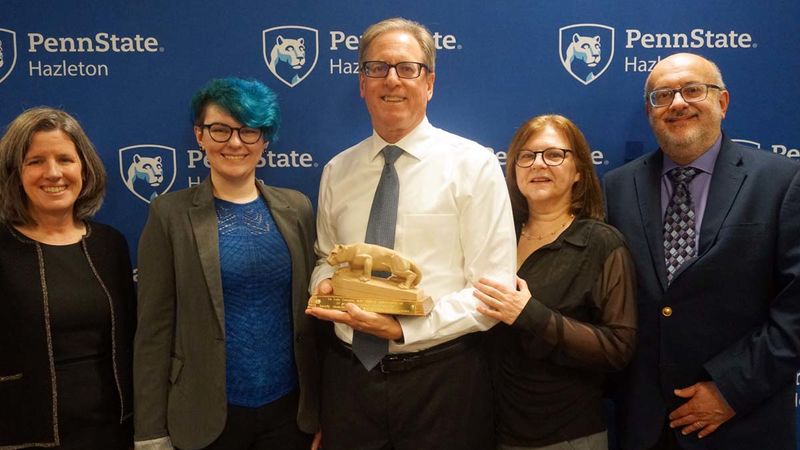Music professor Tom Smialek reflects on 33-year career
Tom Smialek has been teaching classes in music and the integrative arts for 33 years — a course load that reflects his own eclectic interests and the improvisational, jazz-flavored progression of his career.


